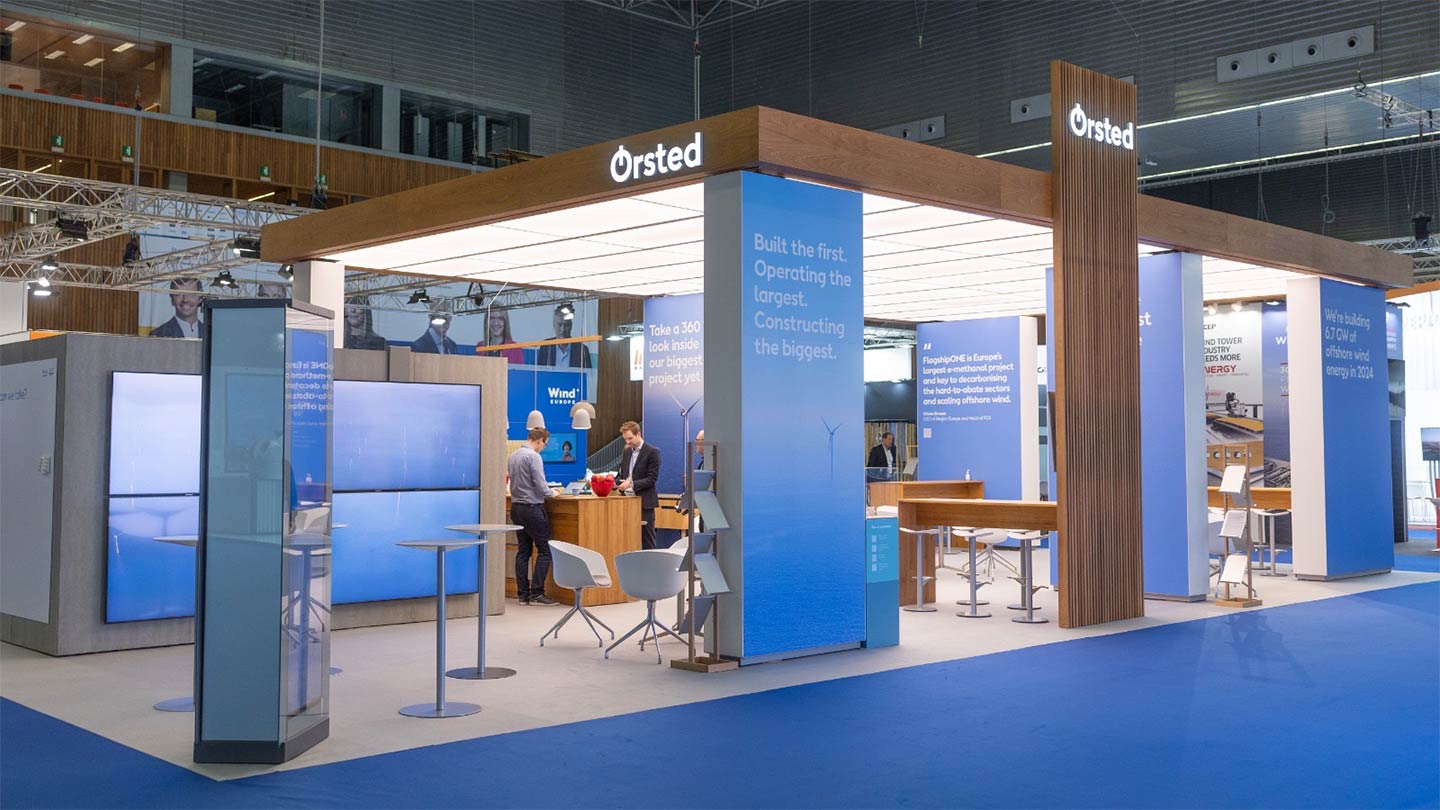Visit us at WindEurope's annual wind energy event
From 8-10 April 2025, we’re proud to once again be an official ambassador of WindEurope’s annual wind energy event in Copenhagen. If you're visiting the conference, we'd love to see you at our exhibition stand in Hall E.
With multiple conference talks and a full three-day programme at our stand, we’ll be driving conversations on the future of offshore wind, innovation, engineering, energy security as well as sustainability. Our experts will share insights, challenge industry norms, and explore the solutions needed to accelerate the green transition.

